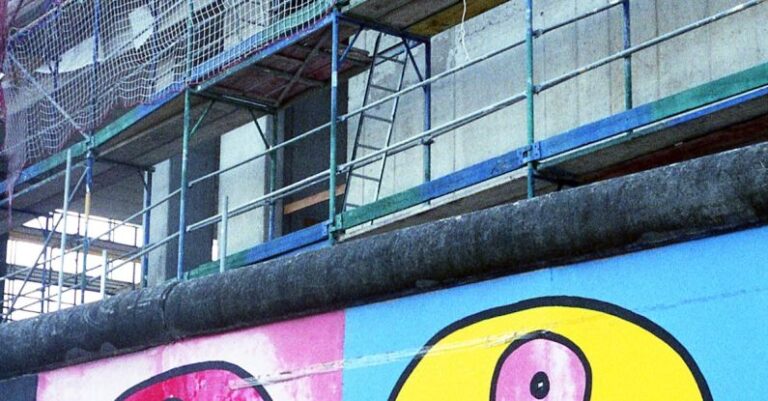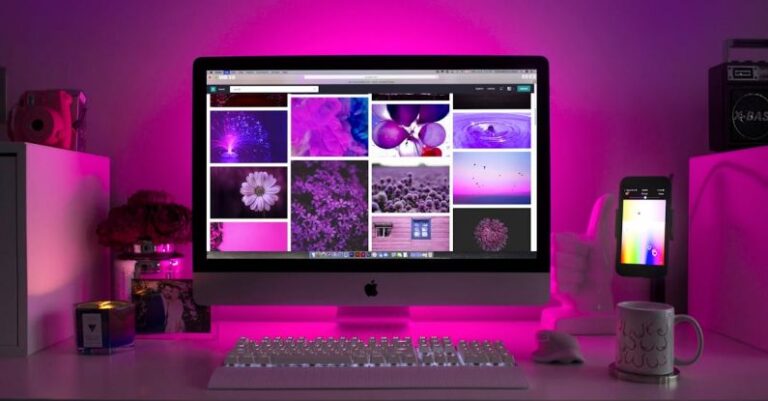
Creating an environment that fosters productivity is crucial for any business. Designing an office space that maximizes efficiency and inspires creativity can significantly impact the overall success of a company. From layout and lighting to furniture and decor, every aspect of the office plays a role in shaping the work environment. In this article, we will explore how to design an office for optimal productivity, providing practical tips and insights for creating a workspace that enhances focus, collaboration, and innovation.
**Embrace Natural Light**
One of the most important factors in designing a productive office space is natural light. Exposure to natural light has been shown to improve mood, energy levels, and overall well-being. When designing your office, prioritize windows and skylights to allow ample natural light to flow into the workspace. Position desks and workstations near windows to maximize sunlight exposure for employees. Additionally, consider using light-filtering window treatments to control glare and brightness, creating a comfortable and productive atmosphere.
**Flexible Layout**
A flexible office layout is essential for accommodating different work styles and preferences. Incorporate a mix of open collaborative spaces and private work areas to cater to the diverse needs of your team. Provide comfortable seating options, standing desks, and quiet zones for focused work. Encourage movement and interaction by incorporating communal areas such as lounges, meeting rooms, and breakout spaces. A well-balanced office layout that offers a variety of work settings can boost productivity and creativity among employees.
**Ergonomic Furniture**
Investing in ergonomic furniture is key to creating a healthy and productive work environment. Provide adjustable chairs, desks, and monitor stands to support proper posture and reduce the risk of musculoskeletal issues. Encourage employees to take regular breaks and incorporate movement into their workday by offering standing desks or ergonomic accessories like footrests and keyboard trays. Prioritizing employee comfort and well-being through ergonomic furniture can lead to increased productivity and job satisfaction.
**Color Psychology**
The use of color in office design can have a significant impact on employee productivity and mood. Different colors evoke various psychological responses, making it essential to choose colors that align with the desired atmosphere of the workspace. Blue is known for promoting focus and calmness, making it ideal for areas where concentration is key. Green is associated with creativity and balance, making it suitable for collaborative spaces. Yellow is energizing and stimulating, making it a good choice for areas where innovation and brainstorming occur. Consider incorporating a mix of colors throughout the office to create a harmonious and inspiring environment.
**Personalization and Branding**
Allowing employees to personalize their workspace can increase a sense of ownership and pride in their work environment. Encourage staff to decorate their desks with photos, plants, or meaningful objects that reflect their personality and interests. Consider incorporating elements of your company’s branding and values into the office design through artwork, signage, or color schemes. Creating a space that resonates with employees can foster a stronger connection to the company and enhance overall productivity.
**Technology Integration**
Integrating technology seamlessly into the office design can streamline workflows and enhance collaboration. Provide easy access to power outlets, charging stations, and connectivity options to support the use of laptops, smartphones, and other devices. Consider implementing wireless charging pads, video conferencing facilities, and smart technology solutions to improve communication and efficiency. A tech-savvy office design that prioritizes connectivity and convenience can empower employees to work more effectively and productively.
**Maximizing Productivity**
By incorporating these design principles into your office space, you can create an environment that maximizes productivity and fosters innovation. Embrace natural light, create a flexible layout, invest in ergonomic furniture, leverage color psychology, personalize the workspace, integrate technology, and prioritize employee well-being to design an office that inspires creativity and drives success. Remember that a well-designed office is not just a physical space but a reflection of your company culture and values. When employees feel comfortable, motivated, and engaged in their work environment, they are more likely to perform at their best and contribute to the overall success of the organization.





